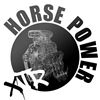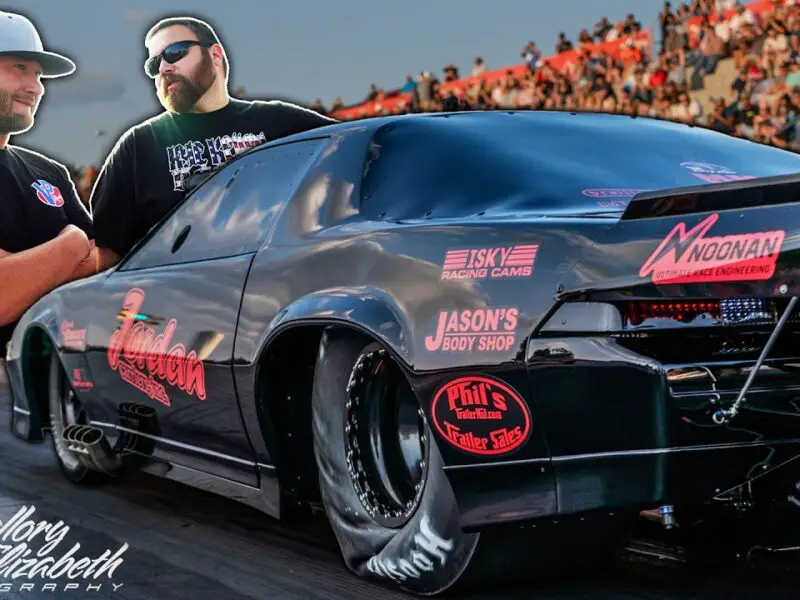These are our Thoughts on Damon’s Big Block Chevy Controversy on No Prep Kings!
The world of street racing is never short of drama, and lately, the spotlight has been on Damon’s big block Chevy controversy on No Prep Kings. In this article, we’ll take a closer look at the buzz surrounding Damon’s powerhouse and the discussions it has ignited.
If you’re a fan of Street Outlaws and No Prep Kings, you’ve likely been following the intense racing action and the intricate rules that govern the competition. However, Damon’s recent move has stirred the pot, prompting debates and discussions that have taken the community by storm.
Just a couple of days after a video highlighted Damon’s potent combination on NPK, social media platforms erupted with fervor. What set off the firestorm? Damon shared images of his motor undergoing a complete rebuild. Suddenly, the online realm was abuzz with live feeds, discussions, and speculation, each contributing to the burgeoning controversy.
At the core of this controversy lies Damon’s unique combination, which seemingly qualifies for a significant weight break under the current No Prep Kings Season 6 rules. This eligibility isn’t new; it traces back to the early days of the show, as far back as Season 2. Remarkably, other racers like Reaper and Jeff Lutz have explored similar setups, albeit with their own twists.
Jeff Lutz, a name synonymous with high-performance racing, opts for a gas aluminum trick flow block. While not identical to a production GM big block Chevy block, Lutz’s choice raises fewer eyebrows. Enter Damon, with a CN Billet aluminum block, a testament to modern engineering. This block is far from the conventional GM big block Chevy block, but it’s not a Hemi or a 481x, making it a gray area that aligns with the established rules.
Seasoned racing enthusiasts have engaged in passionate debates about the legitimacy of Damon’s setup. Voices like Jim Howe and Pat Musi, with their deep motor knowledge, argue that Damon’s block diverges significantly from the traditional big block Chevy, rendering it a distinct entity altogether. Their perspective, while valid, hinges on the interpretation of the rules.
Yet, it’s important to acknowledge that Damon’s setup is legally approved within the framework of the rules. While it may stretch the conventional understanding of a big block Chevy, it aligns with the stipulations set by the competition. This raises intriguing questions about the grey areas within rulebooks and how they can be exploited to gain a competitive edge.
As discussions unfold and emotions run high, one cannot help but wonder about the future. Will this controversy lead to revisions in the rulebook for next year’s season? Could we see weight penalties imposed on Billet block-based big block Chevys? It’s a complex juncture where the perspectives of seasoned racers, like James and Pat, collide with Damon’s legitimate advantage within the confines of the present regulations.
In the end, the Damon’s big block Chevy controversy on No Prep Kings underscores the intricacies of competitive racing. It’s a reminder that even within the tightly regulated world of racing, there exist areas of interpretation, innovation, and debate. As the engines roar and the debate rages on, one thing is for certain: this controversy has injected a fresh surge of excitement into the already exhilarating world of No Prep Kings.


